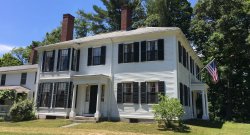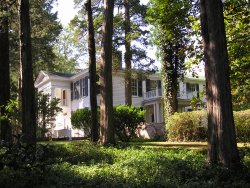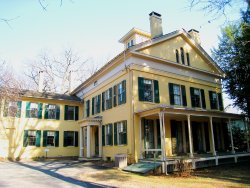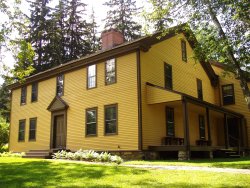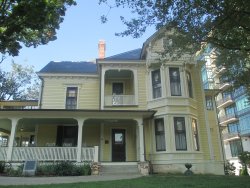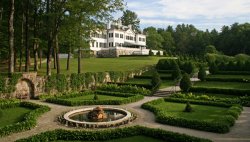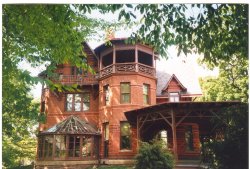Ralph Waldo Emerson House
Built in 1828, this square frame house served as the home to Ralph Waldo Emerson and his second wife, Lydia Jackson, from 1835 to his death in 1882. Today, the house still contains many of Emerson’s personal effects and the home’s original furnishings. Guided tours are offered from mid-April to mid-October.
